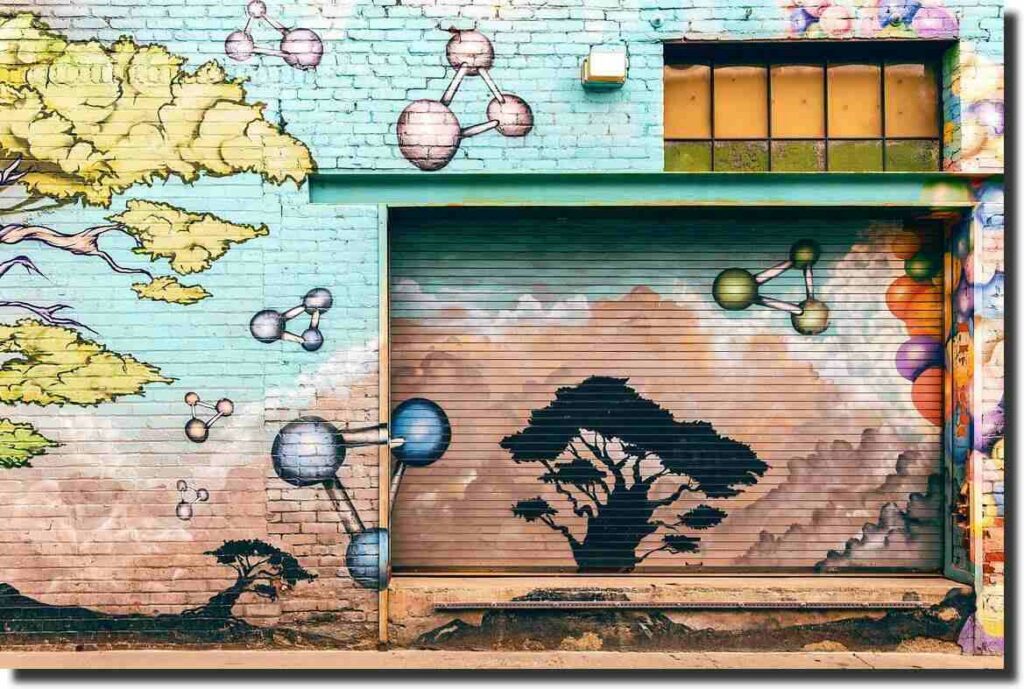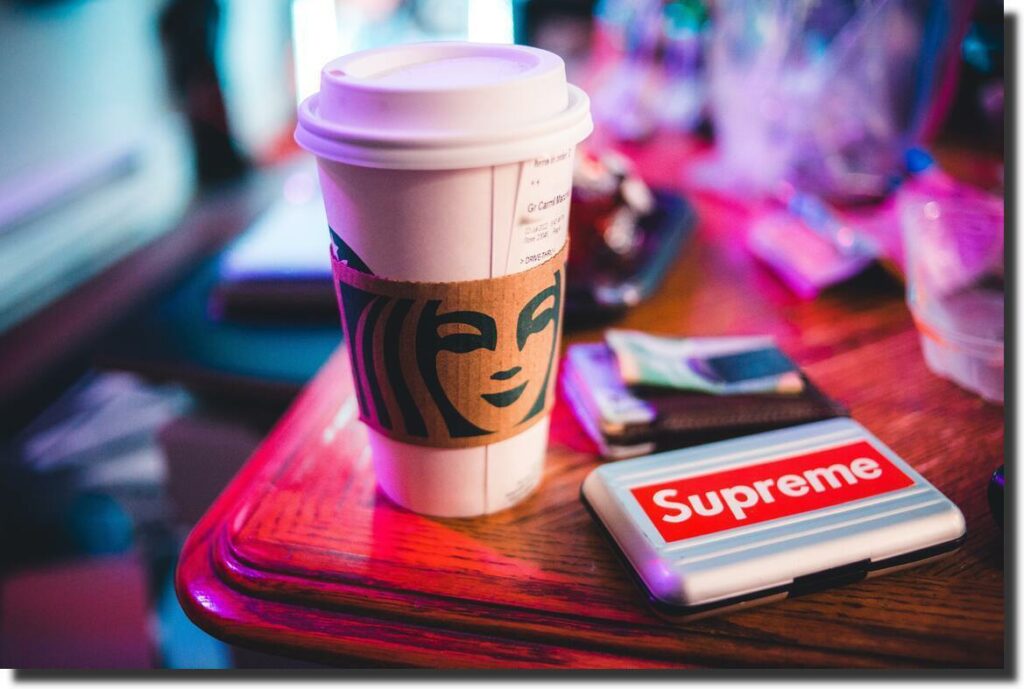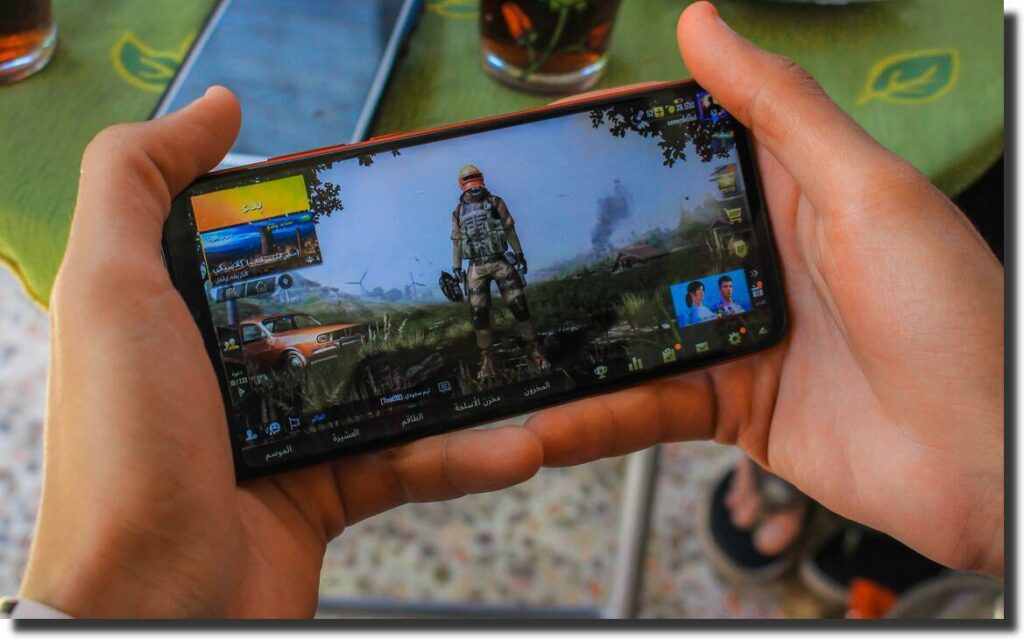The Best Fluffy Pancakes recipe you will fall in love with. Full of tips and tricks to help you make the best pancakes.
Design is an integral part of our lives. Whether we’re planning an event or simply browsing the internet, it’s unavoidable. But what makes up a good design? How do you find quality work that stands out from the rest?
Designing your business’s eye-catching, aesthetically pleasing look is not always easy. Businesses often rely on advertisements to help them boost their brand recognition. In marketing, graphic design is an important aspect to consider. You may have a lot of options in terms of styles and types of graphic design. But what are they?
This article will answer that question and give tips on choosing the right approach for your business.
Table of Contents
What is the Purpose of Graphic Design?
Graphic design creates a visual representation of information using art and creative techniques. Graphic designers create different types of graphic design for print, web, and other media outlets to communicate ideas, promote brands, and entertain/educate users.
Designers use various tools and techniques to create visually appealing pieces in various settings. Some common tools include Adobe Photoshop, Illustrator, Inkscape, and Goofy Animation Suite. Graphic designers often specialize in one or more types of graphic design, such as print design, web design, or branding and marketing.
How Can Businesses Use Graphic Design for Success?
A business graphic designer creates visuals that help promote and sell products and services. They design logos, advertisements, website designs, and anything else they might need to market a company. A business graphic designer should have a strong sense of design principles, be well-versed in Photoshop and Illustrator, and know about typography.
A well-designed logo, website, or marketing materials can help your company stand out and achieve revenue goals.
Here are some tips on how to design a successful business graphic:
- Choose a cohesive design style. The look and feel of your business’ graphics should be consistent throughout your branding efforts. A unified design style will make it easier for clients and colleagues to understand and appreciate your work.
- Utilize typography for emphasis. Use boldface, italics, or other font styles to draw attention to keywords or phrases. This will help you create a clear message, easier for readers to understand.
- Create effective layout designs. Place important images and text in the most visible locations on your graphics. This will help viewers scan your materials and find the information they need.
- Use color appropriately. Use tasteful colors to create a professional look and feel. Avoid using overly bright or dark colors, which could clash with other elements of your branding strategy.
Stay up-to-date with trends. As technology advances, so do the trends. Here are some of the latest trends:
- The use of color is incredibly important in graphic design these days. Different shades can greatly impact a design, whether bold colors or muted tones are used.
- Contrasted typography and layouts are also popular these days- using different fonts or typesetters in different parts of a page can create a visually interesting and engaging polarity.
- The use of motion graphics in graphic design can be quite effective- adding movement and life to otherwise static types of design.
- Keeping your designs simple is often the key to success- opting for fewer elements and emphasizing those that matter most will ensure that your work looks professional and attractive.
What are the 10 Types of Graphic Design?
Whether you’re looking for a simple logo design or something more elaborate, here are 10 types of graphic design that can help your business succeed:
1. Web & Graphic Design
As the world becomes increasingly digital, web and graphic designers have a greater role in promoting companies. A website is the primary online presence for most businesses today.
When designing a website, it’s important to consider the target audience. You need to think about what they want and need on a website. Once you know this, you can begin to create visuals that match those needs.
Another important aspect of website design is usability. Make sure your site is easy for people to navigate and use. People who have trouble using your site are less likely to return or recommend it to others later.
Finally, make sure your site looks good on all devices. Today’s browsers are more varied than ever, so your site should look good on desktop computers and mobile devices.
A well-designed website will provide your customers with a single destination where they can learn about all of your products and services. Create intuitive navigation and crisp, clean graphics to make your website look professional and inviting. Remember to include detailed product descriptions so visitors can make informed decisions about your offer.
2. Advertisement Design
If you’re looking to reach a wider audience with your branding efforts, advertising may be better than marketing your product or service directly to customers. Advertisements can be placed in print or online publications and displayed on billboards, buses, and other public surfaces.
Advertising is one of the most important types of design. Graphics and typography are essential to advertising to create a visual message that attracts attention. When done well, advertising can help businesses reach new customers and increase revenue.

Designers use creative ideas and techniques to make the most effective advertisements. The following are tips for creating effective advertisement designs.
| Use catchy headlines. | Headlines should be attention-grabbing and interesting, so people will want to read further. Try to evoke a strong emotional response in your target market by using powerful verbs and imagery. |
| Use typography. | Make sure your text is legible and easy on the eyes, using modern and trendy typefaces. Bold fonts can stand out, while French typefaces are often used in luxury products to denote high quality. |
| Use vivid colors. | If you want your advertisement to catch people’s attention, use bright, eye-catching colors. Reds, oranges, and yellows are often used in ads to appeal to consumers’ emotions. |
| Utilize patterns. | Patterns can add a touch of elegance and sophistication to an advertisement while being subtly stylish at the same time. Use them sparingly, though – too many patterns can look choppy and unprofessional. |
| Use motion graphics. | Motion graphics can create an engaging visual effect that helps draw attention to an advertisement. |
3. Production Design
The production design is the process of planning and creating a visually appealing and cohesive environment for a film or television production. It encompasses all aspects of scenic design, costume design, set decoration, and visual effects. To create an effective production design, the team must have a clear vision for the project and work together as a unit to create a cohesive look and feel.
A good production design will immerse the viewer in the story being told. It should be able to convey the atmosphere of the setting without relying on traditional camera angles or props. The designer should also consider the intended audience, clothing styles, and cultural references.
History’s most iconic productions were created with stunningly effective production designs. One example is Alfred Hitchcock’s thriller Psycho. The dark and ominous setting was perfectly complemented by shadows and long shots that allowed the viewer to feel right in on the action.
Other examples of these types of design include Ridley Scott’s Blade Runner and Steven Spielberg’s Indiana Jones films. While great production designs are not limited to any genre or style, many popular films have used this element to help make them stand out from the rest.
4. Product / Package Design
Product/package design is about creating a visually appealing product that functions effectively and efficiently. Graphic designers use various creative techniques to develop appealing designs that make customers want to buy the product.
Product/package design is designing and creating a product or package that meets customer needs. A product or package can be anything from a physical object, such as a product box or a car, to an online service, such as an online store.
It is designed for a specific purpose, such as selling the product, making it more appealing to customers, or satisfying customer needs.

There are several steps involved in designing a product or package. The first step is to determine the purpose of the product or package. The next step is to develop ideas for how to meet that goal. Next, the team creates mockups of different ideas to see which one best meets the goal and satisfies customer needs. After selecting an idea, the team creates a prototype of that idea to test it out with customers. If it passes the test, it moves on to the final stages of design.
Product or package design can be expensive and time-consuming, but it’s worth it if the final product meets customer needs.
5. Environmental Graphic Design
Graphic design can play a big role in creating a physical space that is both appealing and functional. When designing for a business, it is important to consider the company’s branding and what type of atmosphere they want to create. In addition, the space should be designed with the customer in mind.
Whether a restaurant, store, or office, graphic designers can help create a cohesive look and feel. Environment design often includes graphic elements to create a cohesive and functional space. Graphic designers are often called upon to create unique and professional designs that stand out in a cluttered environment and make people want to use the space.

Here are some tips for creating successful environment designs:
- Use a consistent style throughout your space. This will help people understand the layout and organization of the space.
- Make use of graphics to break up large, monochrome spaces. A splash of color can be just the thing to make a room more welcoming.
- Use typography to emphasize key points or call attention to specific elements in your space. Tailor your typefaces and size accordingly, so they’re comfortable to read from a distance but still stand out when someone gets close.
- Use images sparingly but wisely. They can powerfully communicate ideas and emotions, but they should be used thoughtfully – never gratuitously or without consideration for the context in which they’ll appear.
6. Visual Identity and Branding Design
Visual identity and branding design are two important aspects of a successful company. A company’s visual identity should be cohesive and recognizable, while its branding should be designed to differentiate it from its competitors.
The various elements of a company’s visual identity should be designed to work together so that the overall look and feel of the brand are cohesive. This can be difficult to achieve, but it’s essential if a company wants to create a strong, recognizable brand.

For example, consider a hypothetical clothing company called “Fashionably Yours.” The visuals for this company would likely include sleek designs, high-quality fabrics, and tasteful color combinations. These elements should work together to create a fashionable and modern overall look.
While cohesion is important, a brand’s branding must also be designed to differentiate it from its competitors. This means creating a unique name, logo, and other visual elements that set the company apart from its rivals.
7. Interface Design
Interface design refers to designing the look and feel of a user interface, also known as a graphical interface. They can be individual screens or parts of a larger interface. Interface design is critical to success.
User interface design is an ever-evolving field, and there are many ways to approach it. Some designers focus on creating sleek and beautiful interfaces, while others focus on usability and practicality. Finding a style that works well for the project and makes users feel comfortable and in control is important.
There are several different tools that interface designers can use to make their designs look better. They can use different types of graphic design software like Adobe Illustrator or Inkscape to create high-quality illustrations or free software like GIMP or Inkscape to create low-resolution images.
They can also use different types of graphic design software like Adobe Photoshop or Sketch to create pixel-based designs.
8. Set Prop Design
Designing props for sets can be an easy way to add personality and flair to your productions. Here are a few tips for setting up your prop design:
- Think about what the character or scene would look like without the prop, and then find a complementary piece that fits that theme. For example, consider using spooky accessories like bats or coffins if you’re designing a set for a vampire castle scene.
- Choose pieces that are visually appealing but also functional. For instance, a vase filled with flowers might be lovely to look at, but it’s not very useful in the real world. A pot of incense or fake blood would be more appropriate for this scene.
- Remember that props need to match the tone and style of the overall production. If you’re creating a set for a lighthearted comedy, don’t include elements that would be too serious or dark for the show’s overall mood.

3. Signage
A company’s logo is its most important visual representation and should be carefully designed. A well-crafted logo will help your business stand out from the competition and convey your brand’s message. Designing effective brand signage can be difficult, but making a good first impression is important.

There are a few key factors to remember when designing signage:
- Visibility: Make sure your signage is easy to see and understand. Make sure your design is legible at a distance, and choose fonts and colors that are easy to read.
- Memorability: People will remember the signs you put up if they’re memorable and appealing. Make sure your designs are stylish and eye-catching without being too overwhelming or attention-grabbing.
- Functionality: Your signage should be able to communicate your brand’s message clearly and efficiently. Make sure all the information on your signs is displayed in a way that makes sense, and consider how people will use them (for example, whether they’ll be hanging from a building or standing on the ground).
10. Video Game Art
Video game art is an essential part of the gaming industry, and it’s no wonder why. The graphics in video games can be so realistic that they easily transport players to a different world.
However, good graphic design isn’t just about creating beautiful visuals; it also has to be functional. That means making sure all the elements of a game interface work well together and look cohesive.

One of the most important aspects of graphic design for video games is the title screen. This screen represents the game’s first impression to players, so it needs to be perfect. Title screens can take a lot of different forms, but there are some common elements that all title screens should have.
First and foremost, title screens need to be eye-catching and easy to understand. They should also promote the game’s main features while discouraging players from skipping ahead.
Another important part of a video game’s interface is the HUD (head-up display). HUDs show relevant information, such as player health and ammo levels, without having to take your eyes off the action. They must also be easy to read and understand, so players don’t get lost in menus.
What is The Most Popular Type of Graphic Design?
There are a few different types of graphic design, but the most popular type is probably advertising. Graphic designers create graphics for ads, brochures, logos, and other marketing materials. They may also work on web designs and illustrations.
Key Takeaway
If you’re looking to start or grow a business, it’s important to be familiar with the different types of graphic design that are out there. Knowing the basics will help you get your business off the ground more successfully, from web design and layout to logo design and advertising.
So take some time to explore this topic and see which type of graphic design would be best for your specific business goals.